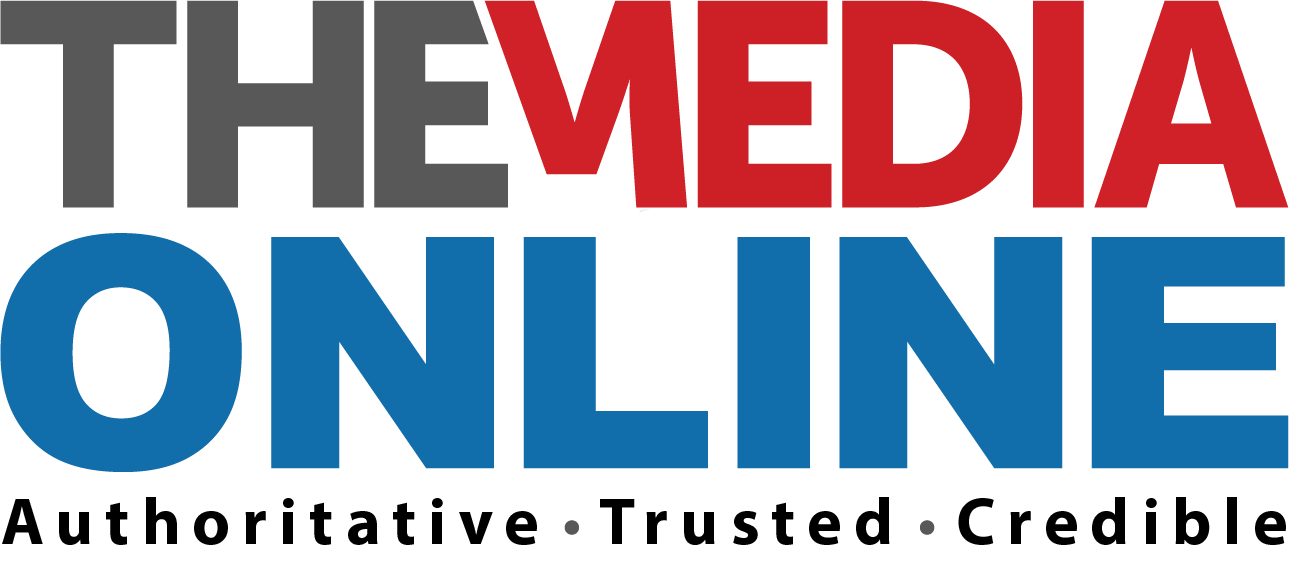In my last piece I demonstrated that South African and global advertising revenues were still dominated by traditional media channels. I maintain that this picture will remain similar for a long time to come, particularly in emerging economies like SA. I argued that the so-called digital revolution isn’t a revolution at all, but an evolution.
A reader objected to the Nielsen data and pointed me to research in the UK conducted by the IAB and PwC which measures digital adspend. In its 2012 report it noted digital’s share of UK ad revenue at £5.416m or nearly 31%, Television at £4.376m (26.5%), Press at £2.511m (14.2%) and DM at £2.217m (12.6%). I’ve seen this data before and it troubles me that digital players present data like this because it’s misleading.
Digital revenues can be split into three primary categories, namely display, classified and search. Search is by far the biggest slice representing 18% of total spend listed above followed by display at 7% and classified at 5%. Search is an entirely new revenue stream essentially created by Google and it has enabled millions of tiny operators to have a presence on the web. As such it cannot be compared to mainstream media that rely principally on brand name advertisers. To include it one should strip out all revenue except that attributable to page ranking where big advertisers pay large sums to appear in the top rankings by keyword. I always had a problem with how newspapers included classifieds in their reporting, and I have the same problem with digital classifieds. Me selling my mountain bike on Gumtree shouldn’t be totted up alongside KFC’s display advertising as this presents a completely distorted picture of the commercial world of advertising.
If one wishes to include classified and search in commercial comparisons then one should also add the following offline elements from commercial marketers for a balanced comparison: all point of sale materials, interior and exterior signage, packaging, shopping bags, branded clothing, interior digital displays, in-store radio, etc. Going back to the KFC example I suspect that if one was able to place a commercial value on each illuminated sign, each Styrofoam pack, each plastic carrier bag, each menu board, serviette and countless other branded items the measured adspend for the brand would more than double. Yet this is precisely what online measures do – they place a commercial value on every branded pixel on the vast internet and count it as adspend because it’s measurable. That doesn’t make it either meaningful or credible. Remember too that the display figure includes social media, which is another misnomer.
For a revealing insight on how the big gorilla Facebook is misleading advertisers see this really interesting exposé by Derek Muller of Veritasium.
The scale of the internet is difficult to measure but at present it’s estimated at between 17 billion and 25 billion pages (see these charts from Worldwidewebsize.com) with Google carrying over one trillion URLs. That’s an unimaginable amount of content in which to find what you’re looking for, which is precisely why Google raked in $50 billion in revenue last year – creating some order in this gargantuan tangle of information overload.
When viewed from this perspective it puts a different sheen on the claim that digital is the UK’s leading player in advertising revenue altogether. It’s not, it’s much closer to the display figure of 7% which is in itself inflated by social. Consider a comparison of a few magazine circulation figures (where the figure represents the digital subscriptions as a percentage of total subscriptions): The Economist Continental European edition 6.94%; The Economist UK edition 5.72%; The Economist Asia Pacific edition 9.87%; BBC Top Gear Magazine 8.88%; BBC Good Food 4.25%; BBC History Magazine 12.46%; GQ UK 9.58%; and Stuff Magazine (a tech geek title) 19.33% topping the charts (source UK ABC Digital Edition Circulation).
Now, where is that revolution everyone was talking about?
I could keep producing statistics but that’s tedious, so I’ll move on to why I believe online advertising will remain a small player for many years to come, particularly in emerging markets like South Africa. By online I mean display ads on the internet accessed via a personal computer, tablet device or mobile phone, and which includes social channels. If there’s blame to be laid I point directly at the digital players themselves. Consider for a moment that the internet really expanded exponentially on the back of social media. Then consider that every single significant social platform started life as an advertising free channel, of its own accord. They avoided monetisation at all costs as I noted in my previous article about the decision Facebook took last year to add interruption model advertising to its offering, thereby doubling its revenue.
In effect, the giant online aggregators eschewed advertising in favour of scale and the promise of monetisation of that scale at some undetermined future date. Instagram, Twitter, WhatsApp – they’re all seeking ways to convert mass numbers into revenue streams.
Social and online media conditioned an entire multi-generational audience into expecting an advertising free environment. What happened next was plain to everyman – punters rejecting pages served with feeds that detract from the purity of the content environment. Online display is only beginning to find ways to attract attention and the click-through-rate model collapsed some years back after countless unfulfilled promises of precisely measured audiences. Even worse was the print industry dishing out their content for free online without an advertising stream – many literally gave away their content as well as their clients in what is sure to be a landmark case study of getting it horribly wrong. There is so much proprietary media owner research that demonstrates a widespread rejection or ignoring of advertising in an online environment.
This is even more pronounced in-App than it is on a website. The higher the quality of content (in particular longer copy articles in more ‘serious’ titles) the more pronounced this is, which has allowed smarter publishers to supplement their digital content with subscription revenues. They’re also experimenting widely with different advertising formats and progress is being made, but it’s not remotely revolutionary.
The fact remains that we are conditioned to receiving advertising in newspapers, magazines, radio, television and outdoor. We readily accept it as it as part of the experience – it always has been. That’s not been the case with online, which will take another generation to unpick those errors. In the meantime traditional channels have successfully adopted their own online strategies to compete with the pure players. The lines are blurring continuously and the evolution is well under way, but the old interruption model will remain dominant along with the traditional mass media quite simply because it remains much more cost effective to do so.
Nearly everyone is bleating about the impending death of newspapers, but look at titles like the Daily Sun, the vernacular regionals and community press and a very different picture emerges. This is not a digital market. A mobile phone cannot deliver rich content like a printed retailer leaflet can. Mobile also cannot and will not deliver mass audiences like television or vernacular radio does.
I took a look at the global printing industry to see what’s happening there. If print media really are in such dire straits surely this would reflect in the printing industry? Naturally print includes a great deal more than newspapers, leaflets and magazines, but these constitute a very considerable chunk of print volumes. According to the latest (Feb 2014) drupa Global Trends (the global authority in the print industry), print runs are getting shorter and deadlines tighter, but conventional sheet fed offset volumes are up 29% worldwide, while 49% of printers grew revenue.
From an investment perspective digital cutsheet colour technology is attracting 38% of the new investment followed by conventional sheet fed at 29%. Almost a third of all investment is going into traditional printing presses. And almost 30% growth from that old fashioned printing press that many believed was being mothballed. That’s counter revolutionary dear reader. Industry punters perennially overestimate the next big thing and underestimate habitual consumer consumption patterns. So next time you hear about this revolution, ask the person in the red beret to back it up with some numbers.
Justin McCarthy is group managing director of the TBWA\Group\Durban
IMAGE: A man signing in at Google’s main office, Googleplex /Wikimedia
















